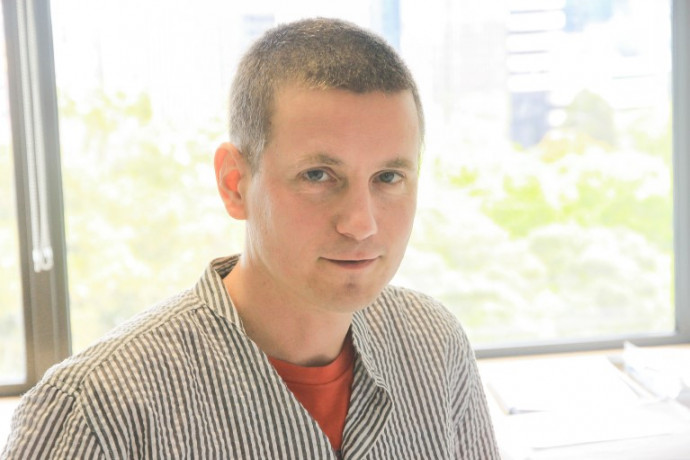Stéphane Coen

2017: Associate Professor Stéphane Coen, The University of Auckland, has been awarded a James Cook Research Fellowship in Engineering Sciences and Technologies for research entitled: 'Widely tunable optical fibre frequency comb'
Waves of light can be described by the frequency and the length of the waves. While light emitted from e.g. a lightbulb consists of many waves with different frequencies and wavelenghs that are out of phase with each other, laser technology has enabled the generation of lasers emitting perfectly coherent light waves with similar frequency and wavelengths. Heralded by the 2005 Nobel Prize in Physics, it is now possible to furthermore split light from certain lasers emitting light with fixed wave properties into in essence thousands of ultra-stable different lasers each displaying specific but different wavelengths – a phenomenon referred to as an optical frequency comb. These individual spectral lines act as spectral measuring sticks and have enabled a wide range of revolutionary applications, ranging from ultra-accurate clocks to molecular fingerprinting and high precision metrology. They could also help in avoiding the so-called capacity crunch of current optical fibre telecommunications networks.
Current methods of generating optical frequency combs do either not allow for the spacing between the frequency components to be tuned, or generate combs with a limited number of frequencies that are more susceptible to detrimental noise – both problems that limits some applications of the technology. In this project, Associate Professor Coen (and colleagues) will therefore design and build a new class of optical frequency comb generator based on pulses that have the ability to persist in optical fibre loops - so called temporal cavity solitons - and for which they have developed an important experimental expertise over the last few years with the help of a Marsden grant. With the proposed technology, they will be able to tune the spacing between the frequency components of the comb over several orders of magnitude, a feat which is currently not possible with any other comb generation technology. He will additionally work on ways to broaden the generated spectral range, with the ultimate aim being to cover a full octave of optical bandwidth, the condition to leverage the most dramatic applications of optical frequency combs. Overall, this study would lead to a small footprint device that would push New Zealand at the forefront of research and technology.
